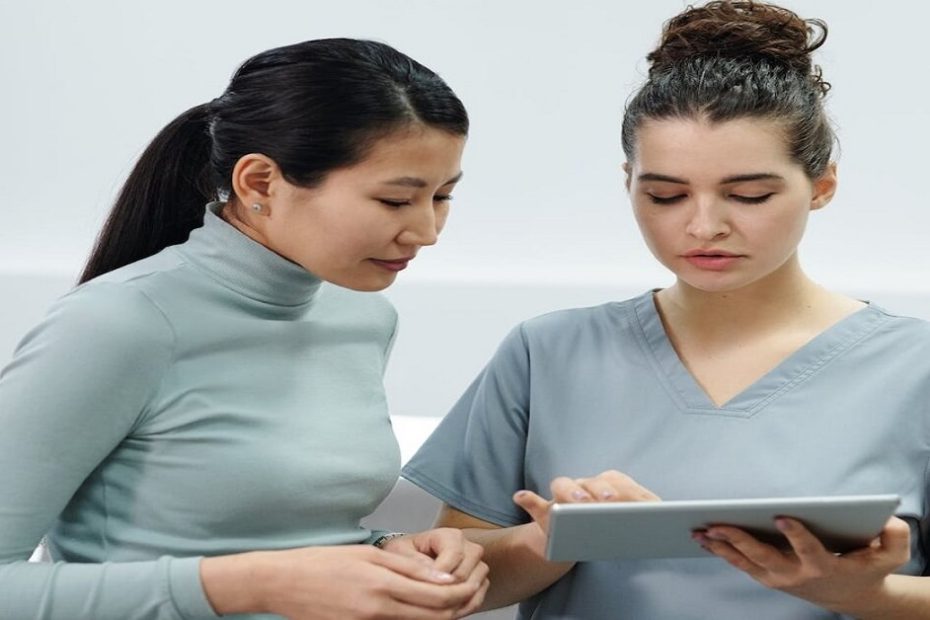Healthcare and technology have partnered to transform patient care in today’s fast-paced environment. The development of medical technology has made remote patient monitoring possible, enabling medical professionals to closely monitor their patient’s health from anywhere in the world. This piece examines five innovative technologies that enable patient monitoring, giving patients more autonomy and healthcare professionals a better understanding of their health.
1. Wearable Health Devices
The popularity of wearable health gadgets has grown because they provide a practical means of tracking patients’ vital signs and health parameters while they are on the go. Heart rate, blood pressure, and even oxygen levels can be monitored by the sensors on these gadgets, which include fitness trackers and smartwatches. Patients can be continuously watched due to this technology, even if they are far from a medical center.
Patients can access their data in real time and share it with their healthcare professionals with ease, due to the integration of wearable devices and mobile apps. A patient with a cardiac problem, for example, can wear a smartwatch that tracks their heart rate continuously. If there are any abnormalities, the gadget can notify the patient’s medical professional, allowing for prompt action.
2. Telemedicine Platforms
The use of telemedicine platforms has grown significantly, particularly in the last several years. Remote consultations and monitoring are made possible by these technologies, which provide video chats between patients and medical personnel. Real-time communication and data exchange are benefits of telemedicine that make it simpler for patients to get medical advice from any location.
Patients don’t need to visit a clinic to use these platforms to exchange their medical records, talk about their symptoms, and get professional advice. You can use the services of well-known companies like Accuhealth. An individual with a long-term illness, for instance, can schedule routine online consultations with their physician to keep an eye on their health. Time is saved, the workload on medical institutions is lessened, and ongoing care and monitoring are made possible by this technology.
3. Internet of Things (IoT) Devices
Remote patient monitoring now provides more options because of the Internet of Things (IoT). Healthcare providers receive patient data that is collected and transmitted by IoT devices that are connected to the internet. Patients’ blood glucose levels in diabetics or their temperature and mobility in feverish patients can be monitored by these devices, among other elements of their health.
To automatically submit their blood sugar readings to their healthcare practitioner, diabetic patients can use the Internet of Things (IoT)-)-enabled glucose meters. Proactively modifying the patient’s treatment plan and implementing timely treatments are made possible by this continuous data stream. For patients with long-term illnesses who need ongoing care monitoring and modifications, Internet of Things devices are quite helpful.
4. Artificial Intelligence (AI) Analytics
Healthcare has benefited greatly from artificial intelligence (AI), especially inpatient monitoring. Massive patient data collected from several sources can be processed by AI-driven analytics, which can offer insightful information and early health issue diagnosis. Trends, abnormalities, and possible issues can be found by AI algorithms and sent to patients and healthcare professionals.
AI, for instance, can examine medical records from the past for a patient and spot minute variations that might point to a decline in their condition. Timely interventions and individualized care plans are made possible by this proactive strategy. The likelihood of hospital readmissions and medical emergencies can be considerably decreased with AI-driven surveillance, improving the standard of care overall.
5. Remote Monitoring Systems
Dedicated remote monitoring systems are made to ensure that patients are always under observation, no matter where they are. These systems monitor patients’ vital signs, symptoms, and activity levels using a mix of wearable sensors and wireless connectivity. This data is remotely accessible to healthcare specialists, guaranteeing ongoing patient monitoring.
In reality, a remote monitoring device that records a patient’s heart rate, respiration rate, and movement can be used by a recuperating surgical patient. The patient’s medical team can receive automatic alerts about any changes from standard procedures, at which point they can respond appropriately. In addition to giving patients peace of mind, this technology guarantees the effective use of healthcare resources.
Conclusion
A new era of patient care has been brought about by the integration of technology in healthcare. Due to these five technologies, medical professionals can now keep an eye on their patients no matter where they are, which guarantees prompt treatments and better overall health results. Now, patients can live more independently and freely while still getting the care they need. The potential for remote patient monitoring is only going to grow as technology develops, providing a bright future for patient care and well-being. Leading the way in these advances and advancing healthcare toward a more connected and patient-centric future.
